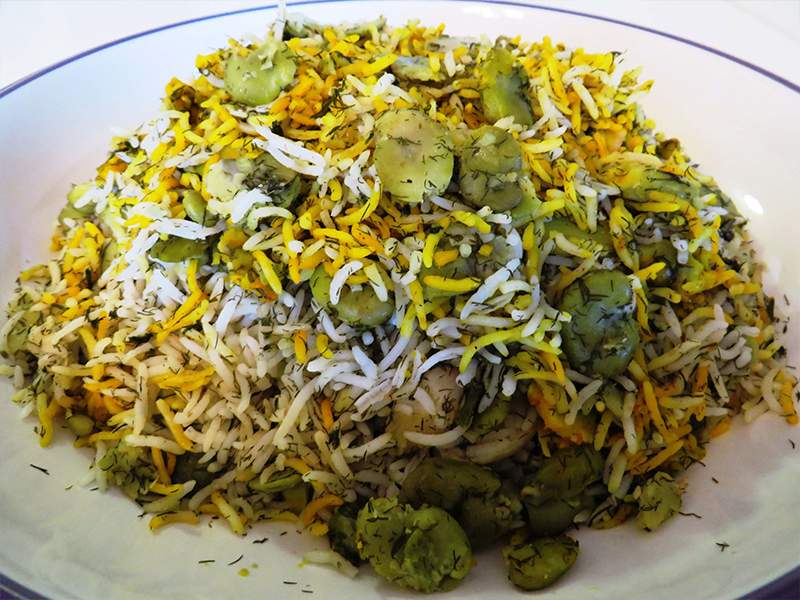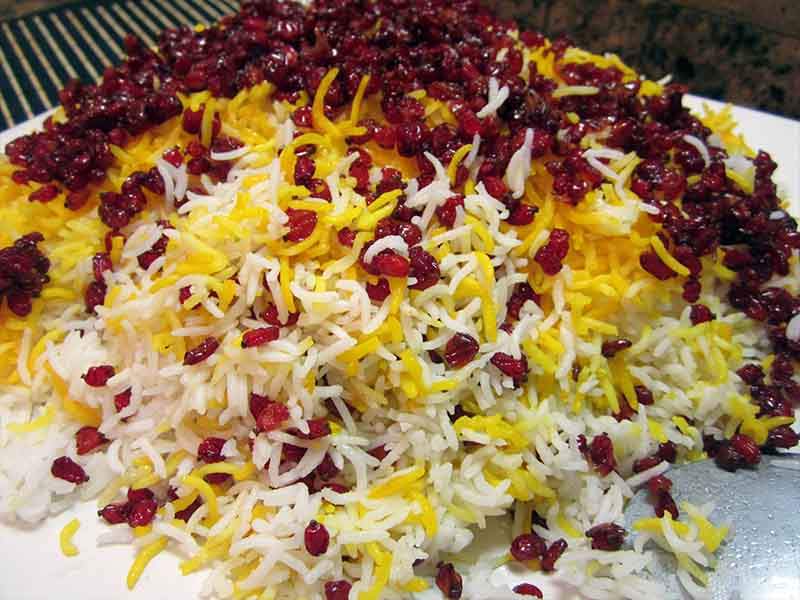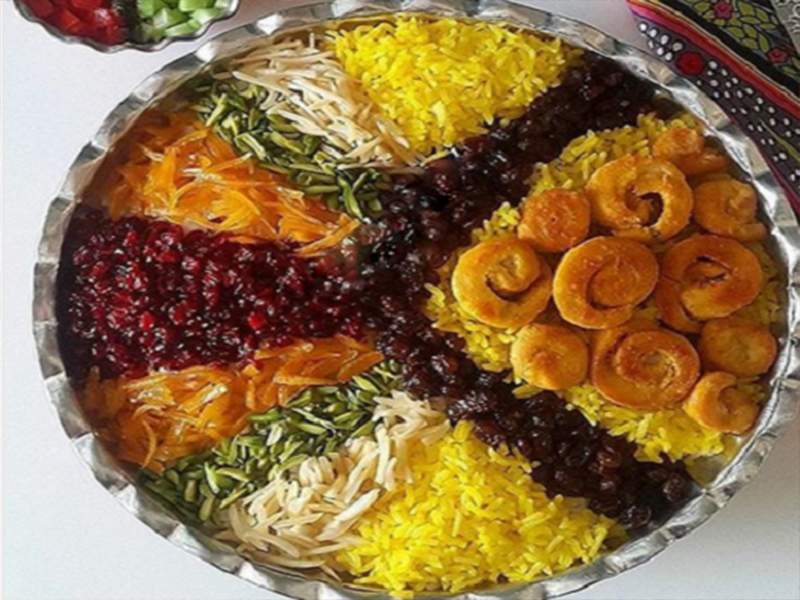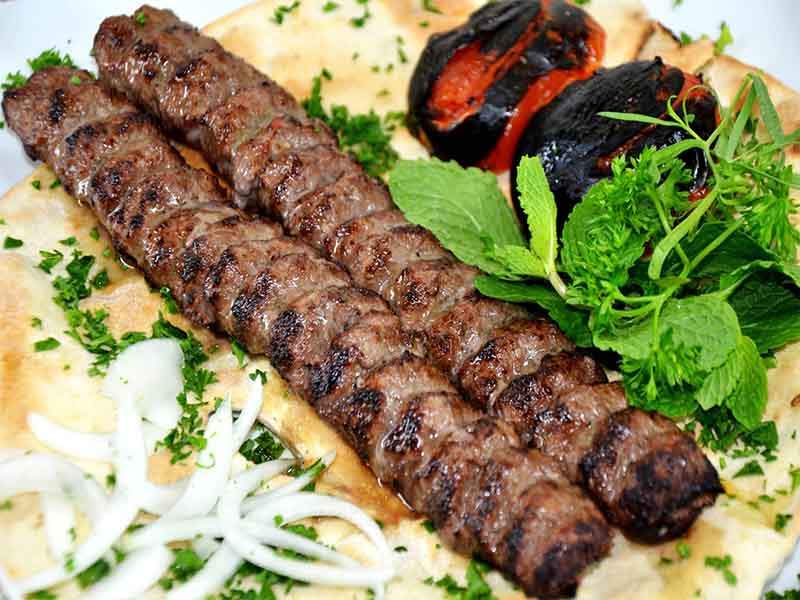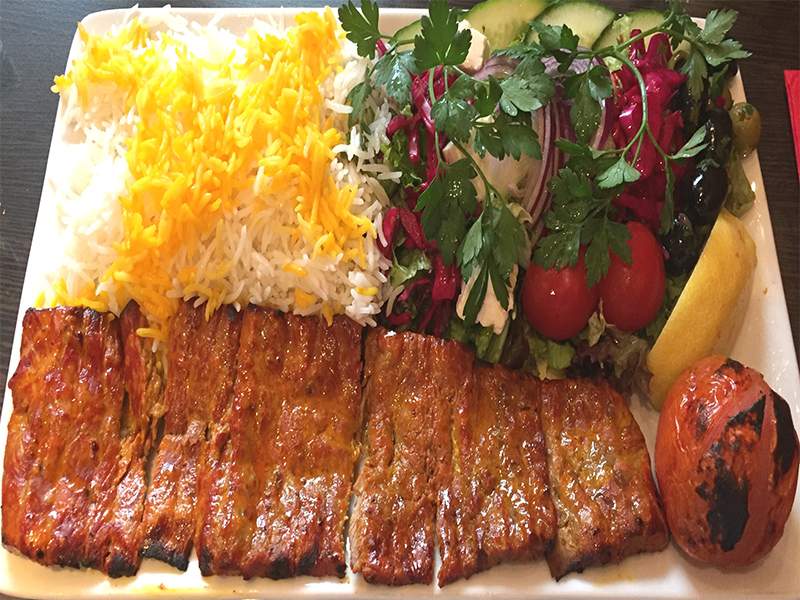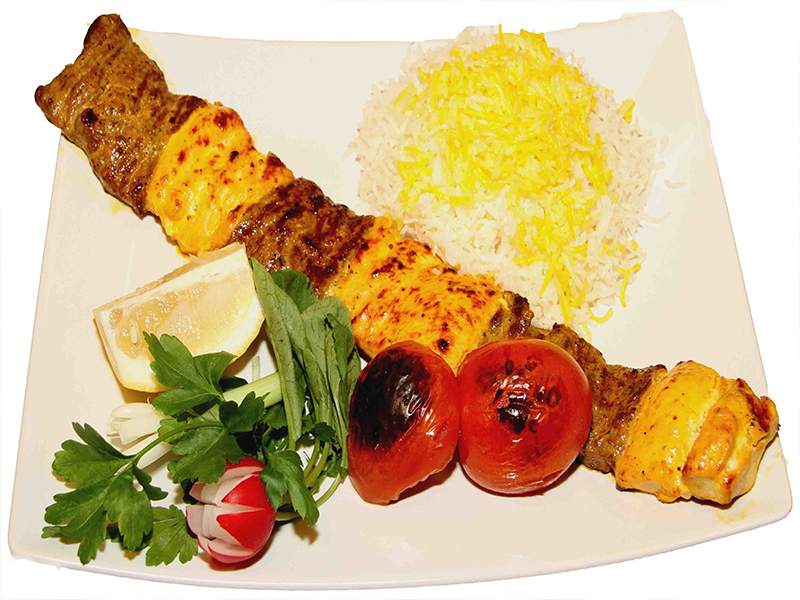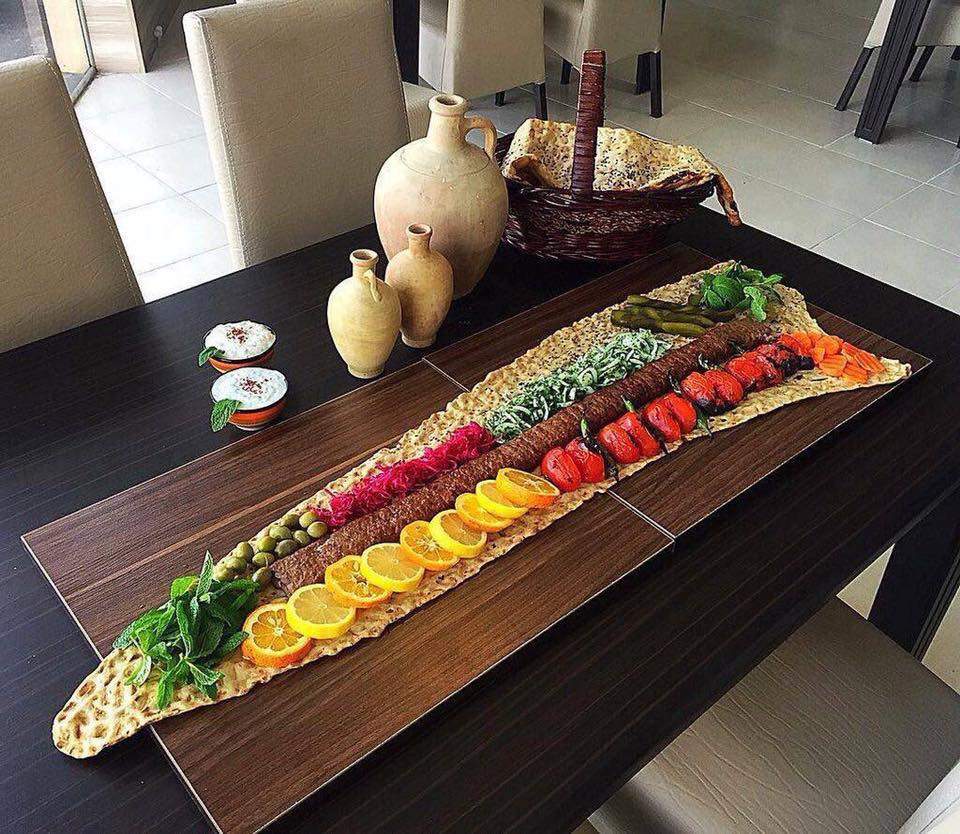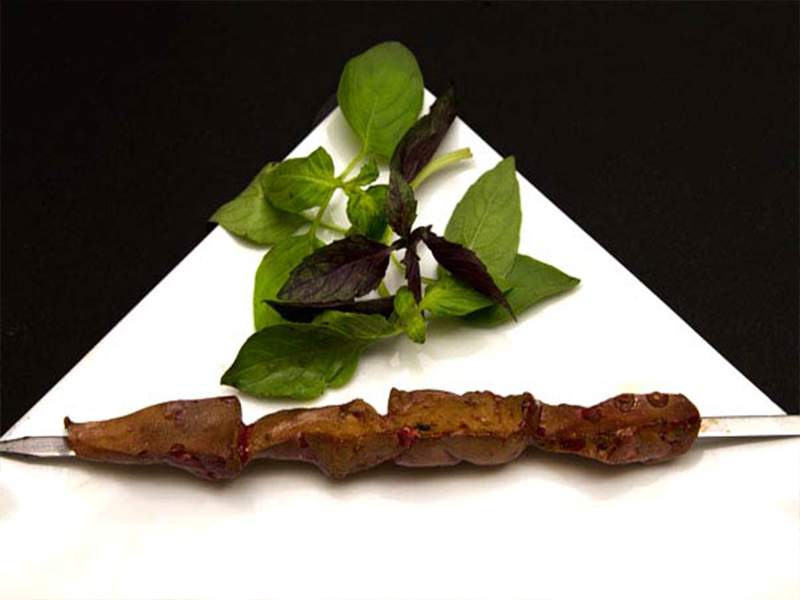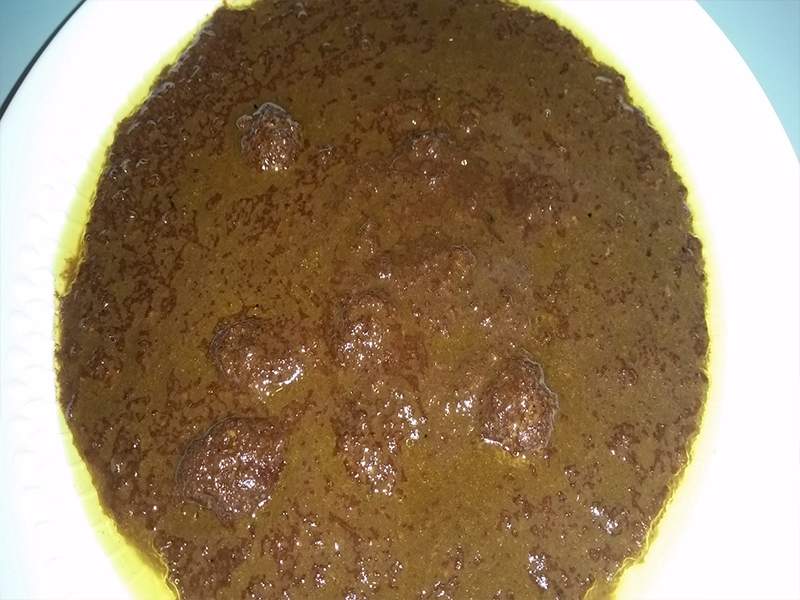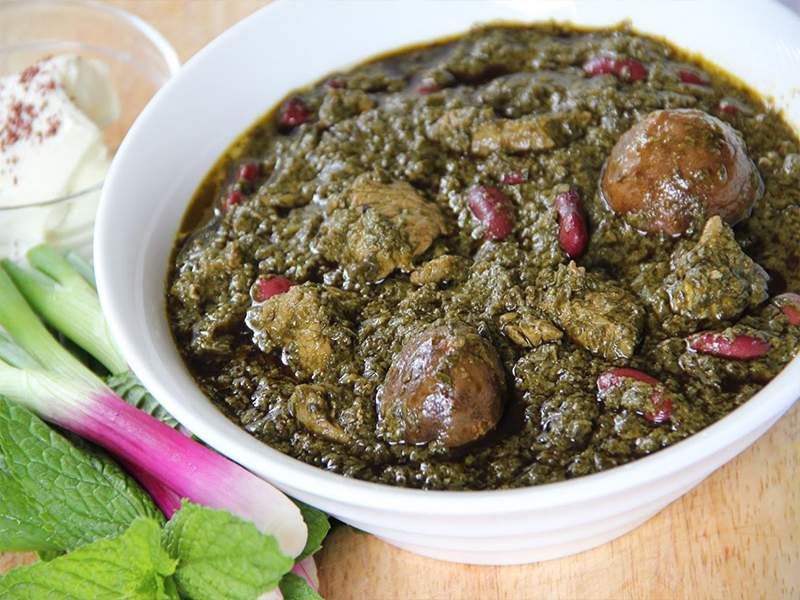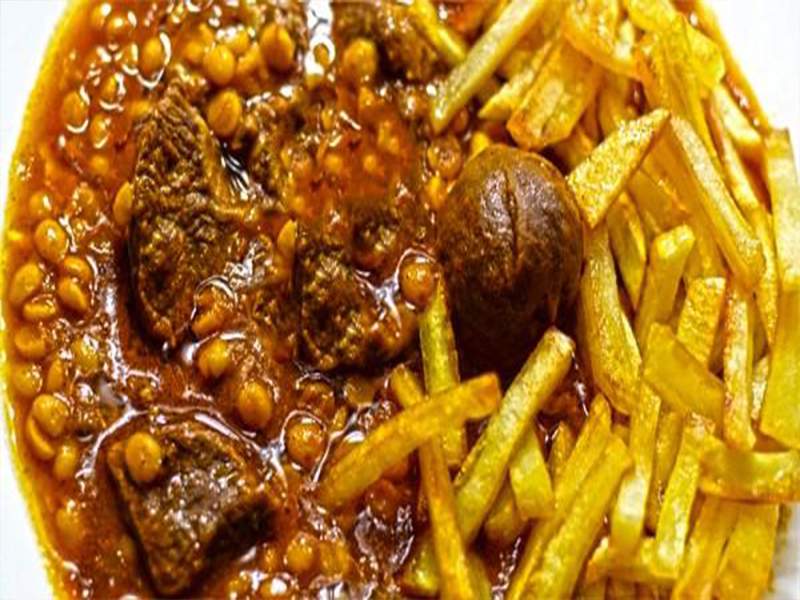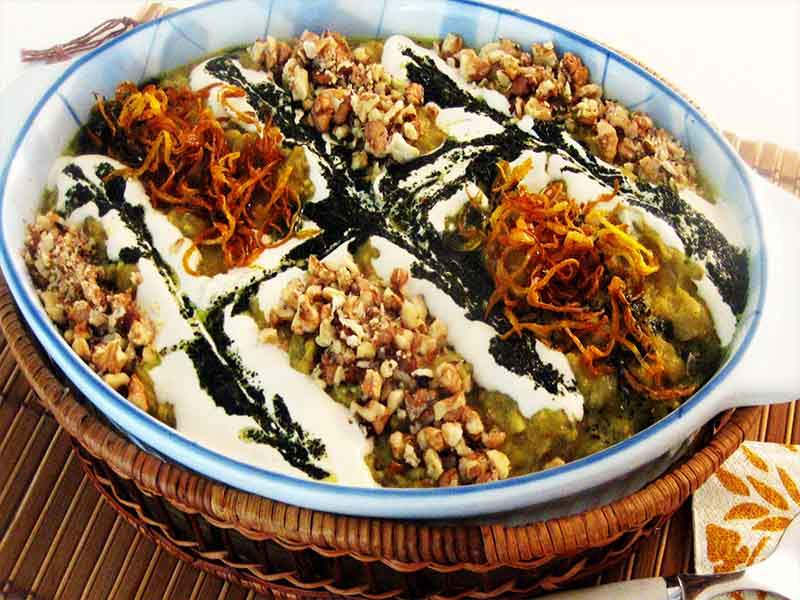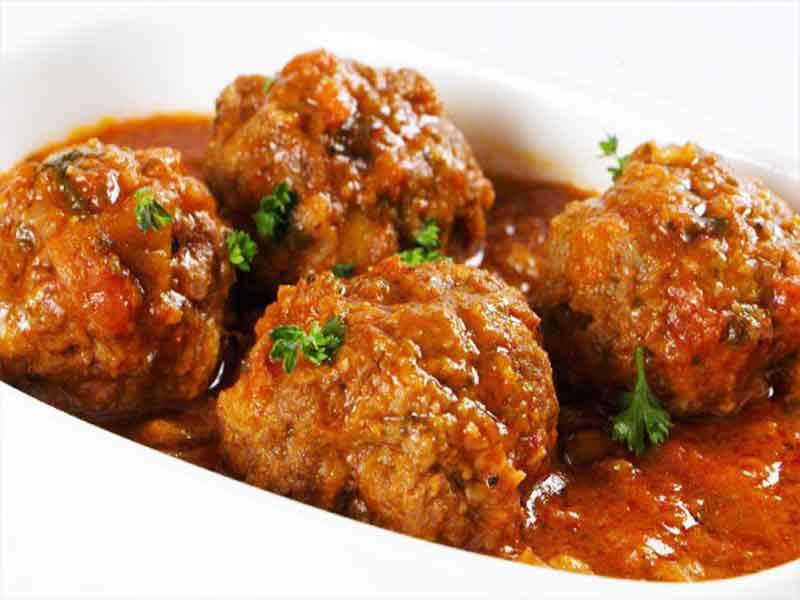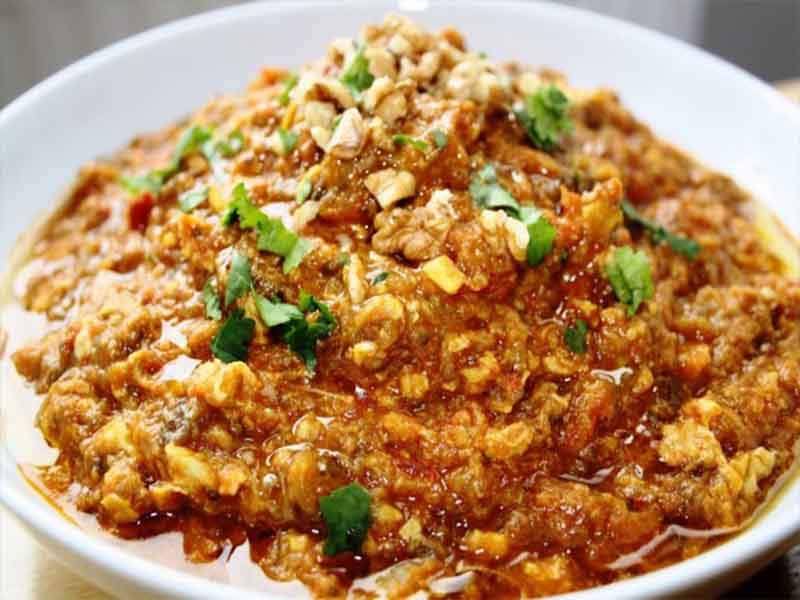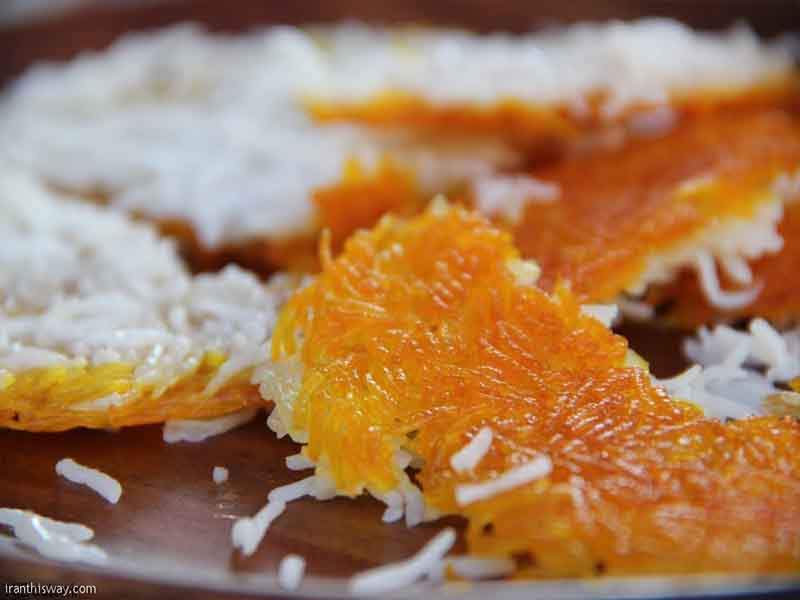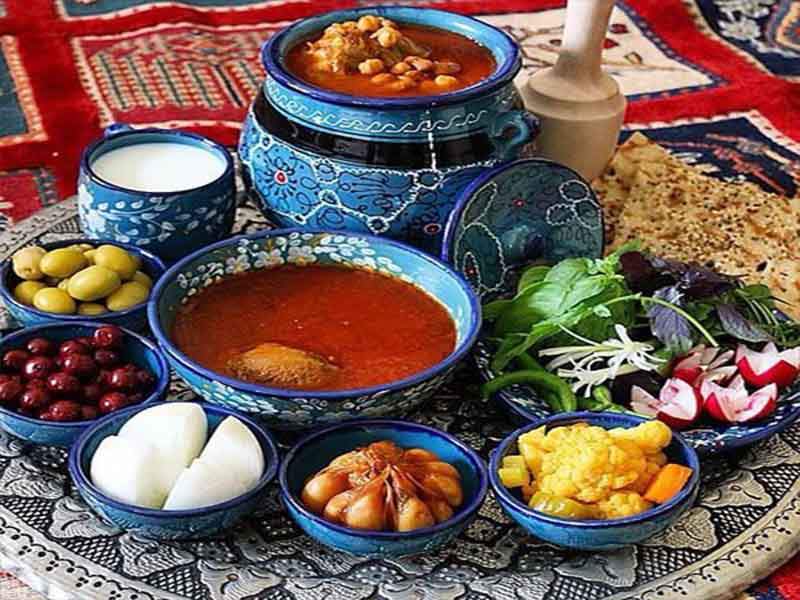Gastronomy
As might be expected from Iran’s geographical situation, its food reaches a midpoint between Greek and Indian preparations. It is more varied than Greek food, and less spicy and more subtle than Indian food with a greater use of fresh ingredients.
Iranians have a healthy diet centered on fresh fruits and vegetables. Meat (usually lamb or chicken) is used as a condiment rather than the centerpiece of a meal. Rice and breads with whole grains or semi-washed cereals are starch clumps. The main drink is black tea. You can’t miss tea at the end of every meal. Delicious! The only food prohibited in the Iranian diet is pork.
Iranian cuisine includes a wide range of main dishes, including various types of kebab, pilaf, stew (khoresh), soup (āsh) and omelet. Lunch and dinner meals are usually served with plain yoghurt or masto-o-khiar, sabzi, Shirazi salad and torshi.


